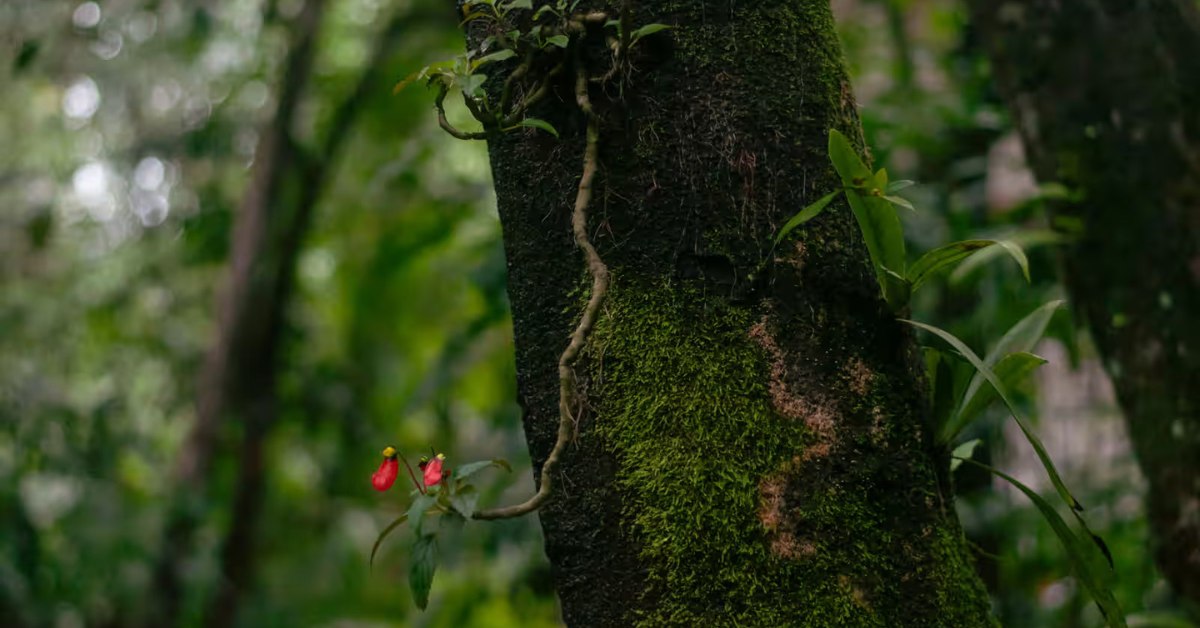Quilt attributed to Mary Elizabeth Speer Neff.
Arizona Project & the Quilt Index.
Nearly 30 years ago the Arizona Quilt Project documented a red and green quilt from the Speer family of Lawrence, Kansas (my home town.) A recent gift from mother to daughter, the quilt had been accompanied by the story that it'd been stitched by a distant aunt Mary Spear (sic) Neff of Lawrence.
I knew Mary Speer (at least knew of her.) She was the daughter of John and Elizabeth McMahon Speer, local heroes in our Civil War stories. The Speers were victims and survivors of Quantrill's Raid when Confederate Missourians burned Union Lawrence in 1863. Two of the Speer boys were murdered in the raid. Mary was 13 years old when her older brothers died in the attack on the family's newspaper office.
Here's the link to the file:
The border cleverly positions a star flower
in the blank spaces.
The quilt is a classic in the pattern we often call Cleveland Tulip or Carolina Lily. The pattern was particularly popular in Ohio, Indiana and Pennsylvania before the Civil War. Mary was born in Medina, Ohio in 1850.
If she indeed made it the most likely date would be after 1865 when she 15 and before her early death at 36 in 1886. This is possible but there are a few style characteristics that make me wonder if the quilt was made in the 1840s or '50s, possibly by Mary's mother Elizabeth Speer.
Although hard to see in the picture,
the quilting on the Speer quilt is fancy, described as a
vine and leaf pattern.
Ohio quilt dated 1846, signed Ogier.
Quilt dated 1846.
You can buy this one.
Detail of a quilt date-inscribed 1847 and
signed by Parnell Grumley. She also included the
name "Peony & Prairie Flower".
Collection of the Shelburne Museum
Quilt dated 1840 and signed Agnes Knox.
Collection of the International Quilt Study Group and Museum.
Agnes Knox's is the earliest date-inscribed example I've seen.
Subtle clues like placing the blocks on point; leaving white space for elaborate quilting, and including a fancy border indicate a date before the end of the Civil War.
Quilt dated 1848 by Susannah Weaver Hall.
Douglas County Museum of History, Roseburg OR.
Oregon Project & Quilt Index.
Also from the Arizona project
with no history, found in an antique shop.
Documented by the Western Pennsylvania Project.
All these undated quilts look to be 1845-1865
Mary's father John Speer was an itinerant newspaperman before he moved to Kansas in 1854, printing and editing papers in Western Pennsylvania, Indiana and Ohio. He married Elizabeth McMahon or McMahan in Corydon, Indiana in 1842.
West Virginia Project,
Family thought it to be made for an 1869 wedding.
Another thing that makes me think that Mary did not make the quilt in Lawrence before her 1886 death is that in the Kansas Quilt Project we saw very few quilts made in Kansas before the 1880s. When we checked on stories we generally found that the mid-19th-century quilts were brought here from eastern states.
From the Flack Collection
Did Elizabeth Speer bring the quilt with her when she came to Lawrence in 1855? She was born in Corydon, Indiana and lived in Medina, Ohio before going west to be among the first European- American settlers in Kansas. The pattern was certainly being made in those states in the 1840s and '50s.
The Block: Perhaps the Speers called it a Peony
rather than a Cleveland Lily.
I've written about Elizabeth Speer before, including a block for her in my out-of-print book Borderland in Butternut and Blue.
Elizabeth Speer, about 1870,
from the Kansas State Historical Society
I picked the block Mother's Dream (see the arrow above) because Elizabeth's son Robert was presumed to have been killed in the fire at the newspaper office in 1863 but no remains were ever found. For the next twelve years left to her Elizabeth set a plate for him every night at the dinner table, maintaining her dream that he'd somehow come back from that small Civil War battle.
Whether Elizabeth or her daughter Mary made the quilt, it is a real pleasure to find a link to the Speers and the history of Lawrence.
Read more about the history of the pattern here:
























































































































































































